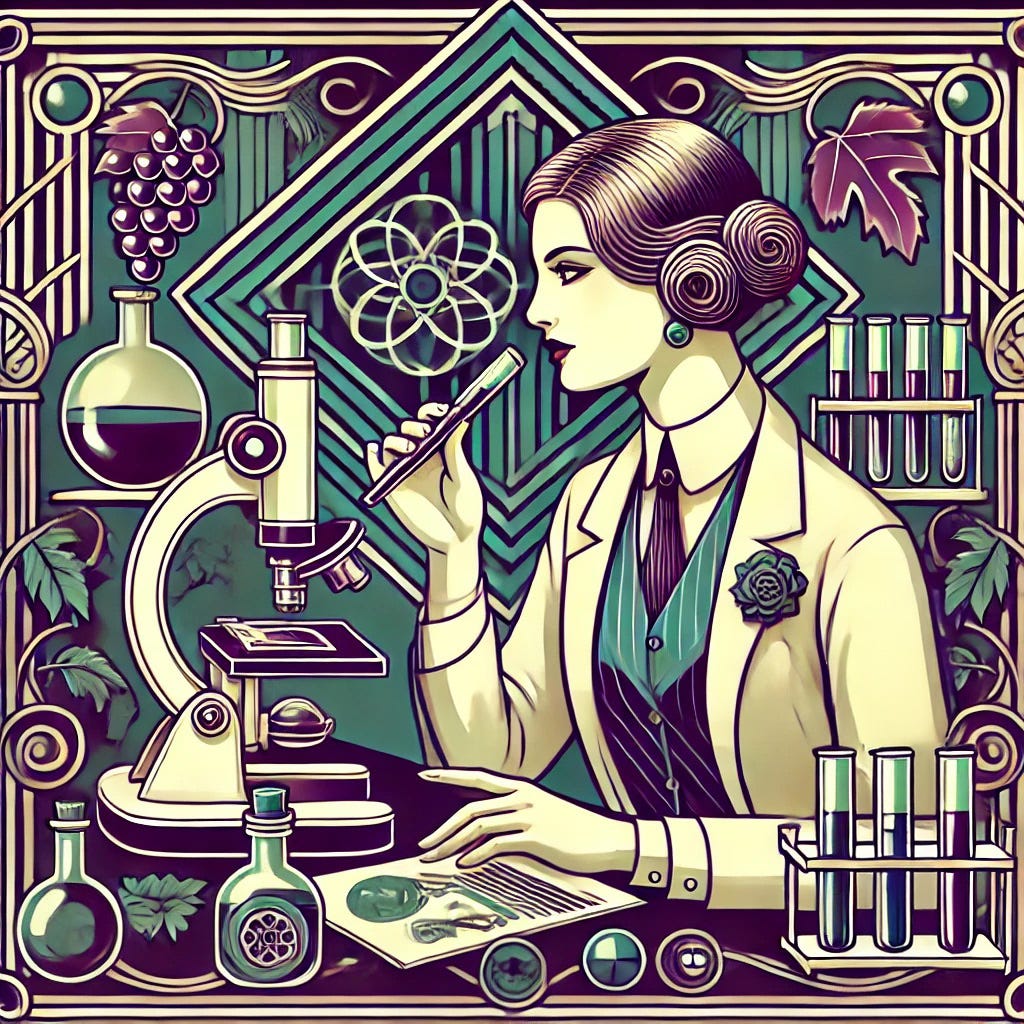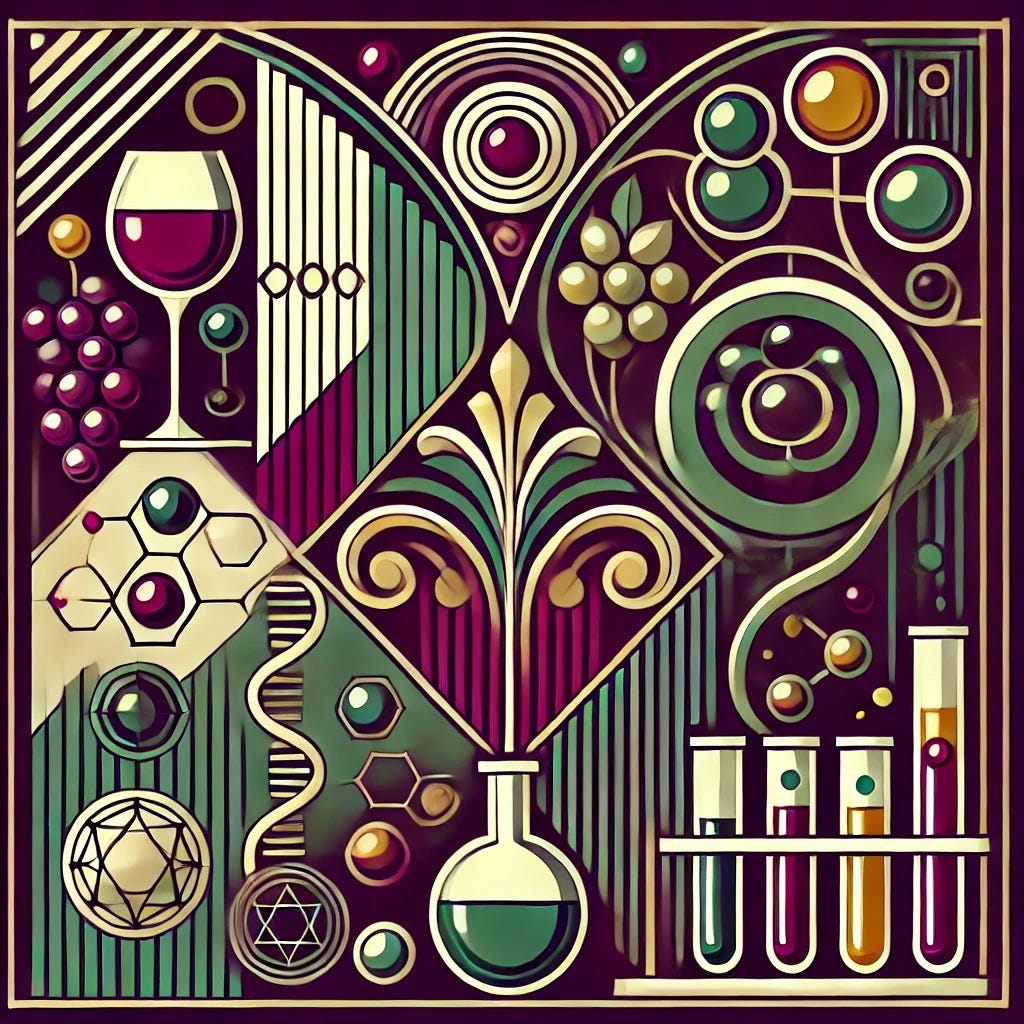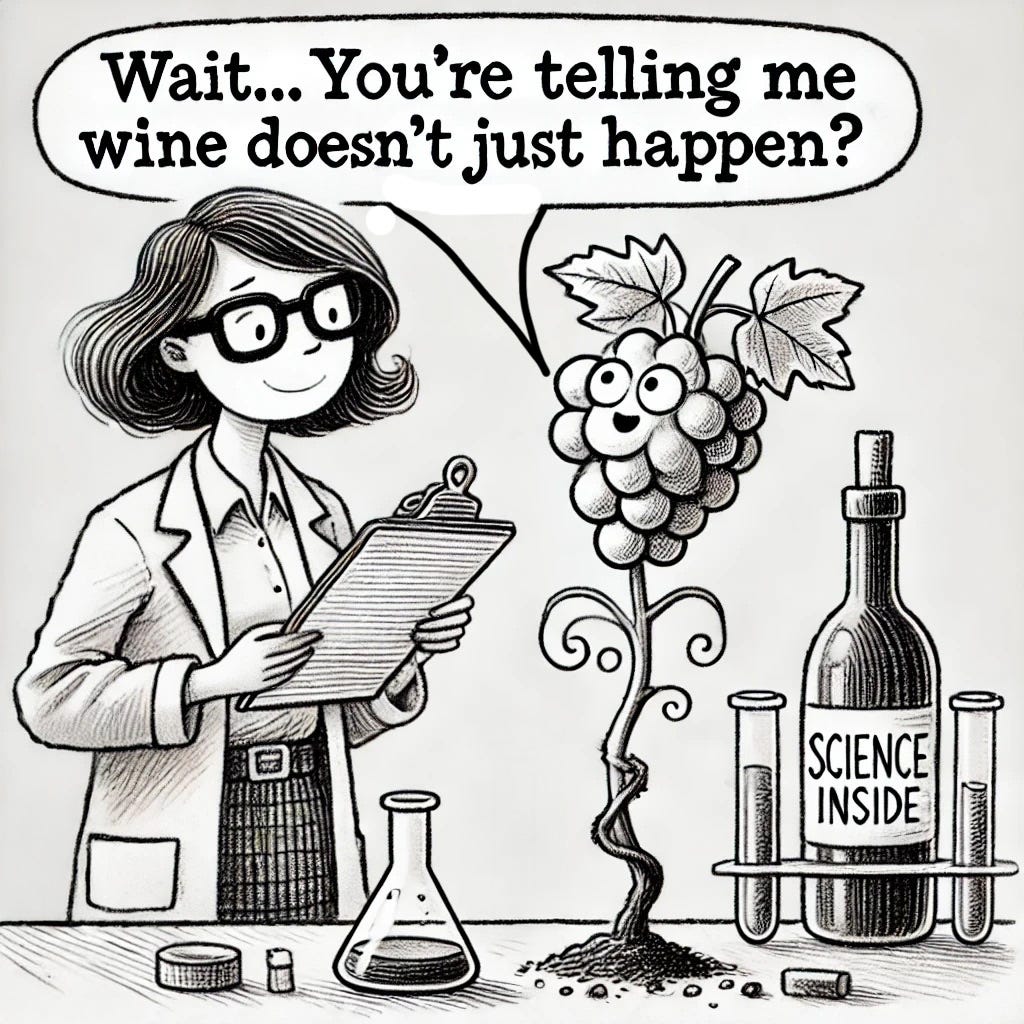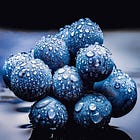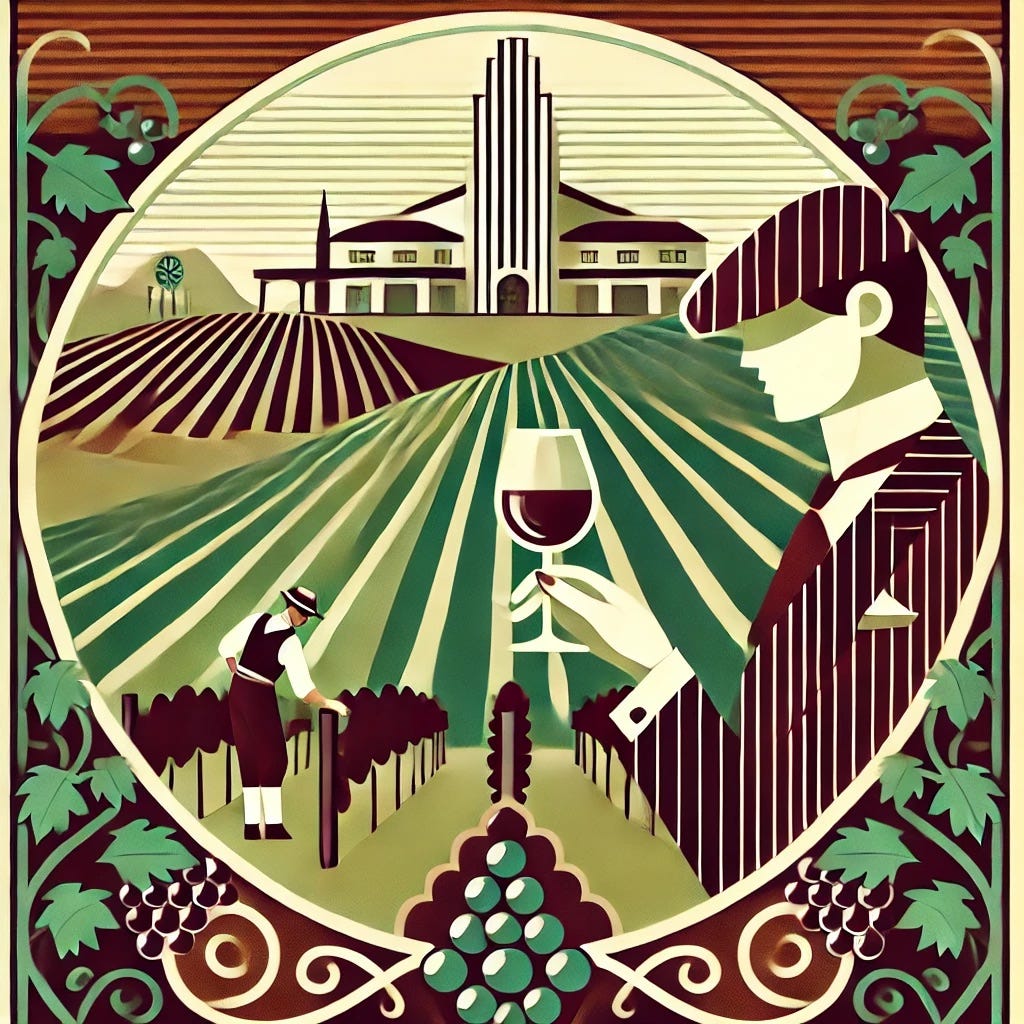Support Napa Valley Features – Become a Paid Subscriber Today
If you’re reading this, you care about independent, locally owned, ad-free journalism — reporting that puts our region’s stories first, not corporate interests or clickbait.
As local newsrooms are increasingly bought by billionaires, scaled back or absorbed into media conglomerates, communities lose original reporting and are left with more syndicated content. Your support keeps quality regional journalism alive.
Join a community that values in-depth, independent reporting. Become a paid subscriber today — and if you already are, thank you. Help us grow by liking, commenting and sharing our work.
Funding For Wine Research Is at Risk
By Dan Berger
NAPA VALLEY, Calif. — That bottle of wine that you just enjoyed is a lot more than a miracle of nature and man’s obsession with converting a liquid as mundane as grape juice into an elixir with magical properties. It is, in a far less lyrical way, a result of tremendous dedication by people who have skills in the areas of chemistry, botany, microbiology, entomology, soil analysis, hydrology, geology and probably several other disciplines.
But for a time in mid-February, fine wine produced in the United States was under attack. On Feb. 17, the current administration, in its zeal to reduce the size of government, fired eight employees of the Agricultural Research Service, people dedicated to important research on various topics that are vital to producing quality wines.
Just days later, the government rescinded its firings without explanation.
Making quality wine takes a lot of money – even before the purchase of expensive implements such as crushers, presses, tanks, trucks, forklifts and a virtual infinity of other expensive gadgets. Without them, fine wine is not possible.
Even as far back as Roman times and even earlier, wine was widely cherished and spoken about in the Bible as a benefit to man. But it was not a product of science – or of particular quality. The vast variations in which it would later be seen were due to the vagaries any agricultural product undergoes if it is not analyzed to improve the breed.
France, Germany and Australia began looking far more seriously (and eventually scientifically) into grapevines and wine production in the early 1800s, strategizing how to convert vines from rudimentary fruit florae into individual agricultural engines. They had to train vines away from their procreative life purposes to meet the demands of people who believed that grapes’ greater purpose was in a sublime potable with a moderate amount of alcohol.
The excellence of these wines is no fluke. It is a result of incredible scientific research in a dozen fields of study by thousands of people with professional science degrees and by huge numbers of field workers who have on-the-job experience that contributes to all the expertise necessary to turn out a quality bottle of wine.
Over the last 50 years or more, the science of winemaking has advanced to develop remarkable improvements in the way California grapes are grown and wine produced, leading to notable sophistication that allows for the production of excellence not just in exalted areas like Napa and Sonoma but also in hundreds of locations around the world that in the past could not have made anything remotely enjoyable.
Today, for example, we can find true excellence in winemaking in several areas of the world that once were considered extremely marginal, including countries that once were part of the former Soviet Union, as well as Greece, Uruguay, Croatia, Tasmania and Lebanon, and states including Colorado, Pennsylvania and Minnesota, to name a few.
Challenge your vocabulary with this week’s mystery word. Submit your answer in the poll, and check the bottom of the page for the correct answer.
The excellence of these wines is no fluke. It is a result of incredible scientific research in a dozen fields of study by thousands of people with professional science degrees and by huge numbers of field workers who have on-the-job experience that contributes to all the expertise necessary to turn out a quality bottle of wine.
The French wine-growing district of Bordeaux and the Australian Wine Research Institute spend more than $50 million each on scientific research to improve both the quality and quantity of the wines from their respective districts.
The ARS said the researchers’ dismissals would have “stall(ed) or shut down scientific research programs” in smoke exposure (UC Davis), grape breeding (Parlier, California, and Geneva, New York) grapevine viral diseases (Parlier, California), precision viticulture (Prosser, Washington) and agricultural pest management (Hilo, Hawaii).
The ARS also said that all U.S. Department of Agriculture federal grant programs were jeopardized.
It was not clear whether the employee firings violated any federal regulations or failed to comply with reduction-in-force procedures leading to the rescinding order.
“Wine is a farm product, and the research that USDA has conducted over the years, as well as the various grant programs, have helped the grape and wine industry tremendously,” said Jim Trezise, president of the 500-member wine industry association Wine America.
ARS’ press release noted that “grapes are one of America’s most economically important specialty crops based on farm-gate revenue, jockeying with apples every year for the No. 1 spot, but exceeding it when the value of finished wine, tourism and taxes are factored in.”
Data from Wine America show that the U.S. wine industry added $276 billion to the U.S. economy in 2022. Reducing its research capabilities threatens not only the growth potential of the industry but also represents a significant retrenchment at the very moment when wine sales are declining and marketing efforts have stalled because of the changing tastes of many consumers.
Sales of traditional table wines have also been harmed as consumers seek zero-alcohol or low-alcohol products, which many wineries are now investigating. But all efforts to make traditional wines with lower alcohol are dependent on scientific research, which has been targeted as an area that the government intends to reduce.
Moreover, much of the research being conducted in the wine industry in the last few years is dedicated to determining how fine wine can still be produced in an era of increasing global temperatures. Even a small increase in average temperatures can completely upset the crucial balance so necessary for a fine wine to be produced.
Much of the research now being conducted in the wine industry has been done on a lean budget. One of its current projects is trying to find solutions to smoke taint on grapes and in wine after fires.
Arran Rumbaugh, a USDA smoke exposure researcher and one of the eight employees terminated and then rehired, has been working on the smoke project.
“We’re going to be looking into how a calcium spray could be applied in the vineyard to strengthen cell walls and how compounds are absorbed into the grapes themselves,” Rumbaugh said. “And then we’re going to be looking into how smoke may impact different cultivars and varieties – not just within vitis Vinifera but also wild (grape) species, American species – looking into natural resistance or tolerance to smoke exposure.”
Dan Berger has been writing about wine since 1975.
Wine Discovery:
2023 Mayacamas Chardonnay, Mt. Veeder ($65) – It has been decades since most of the chardonnay in the center of the Napa Valley was budded over to cabernet. That was partly because about 1980 it was discovered that Carneros was a more reliable and better (and cooler) location to grow this iconic grape of Burgundy. One of the greatest vineyards of the earlier era was Carneros’ Winery Lake Vineyard, which produced some of the most amazing chardonnays in the valley’s history, including the legendary 1975s. The few central Napa chardonnay vineyards that remained included Stony Hill, whose Mike Chelini annually made a classic non-malolactic Chablis-like gem that aged for decades.
However, one of the finest vineyards that continued to produce great chardonnay in the center of the valley is at Mayacamas. It is cool enough to grow chardonnay not because it’s near San Pablo Bay, like Carneros, but because of its extremely high altitude (roughly 2,000 feet). It is one of the most difficult-to-farm properties with thin, volcanic soils. After the Schottenstein family bought the ranch from Bob Travers, serious replanting improved the plants. Today’s wines reflect that effort. There may be no greater Napa Valley chardonnay for hewing to a house style than this one. And what a fabulous wine it is! Aromatically, it does not yet display what it will in time. The aroma now shows delicate peach blossoms with distinctive notes of pink grapefruit and yuzu. The initial taste displays a completely fascinating mineral note with a panoply of complexity including hints of fresh almonds.
Winemaker Braiden Albrecht says the wine “is a textural driven experience” that is “multi-layered … with aromatics of white and yellow flowers, tones of Anjou pear, Golden Delicious apple and candied lemon peel. The mid-palate has structure and depth with nuances of chamomile tea, yuzu citrus and lemon-grass. The finish is long and leaves the back palate with a saline and flint-driven minerality.”
Anyone who has tasted a great French Burgundy (today’s price would be at least $200 a bottle) will consider this wine to be a bargain. The Schottenstein family is to be commended for maintaining a historic property’s classic house style and making it better than ever.
Today’s Polls:
This Week's Word Challenge Reveal:
The correct answer is C: "Growing grapes & making wine." "Vitiviniculture" comes from the Latin words "vitis" (vine) and "vinum" (wine), reflecting the deep-rooted history of grape cultivation and winemaking. The term combines "viticulture," which focuses on growing grapevines and "viniculture," the craft of turning those grapes into wine. Used widely in the wine industry, it highlights the connection between vineyard practices and the final product in the bottle. We hope you enjoyed this week’s challenge and look forward to next week’s word.
Explore These Related Articles:
Browse All Napa Valley Features Stories
—
The views, opinions and data presented in this article are those of the author and do not necessarily reflect the official policy, position or perspective of Napa Valley Features or its editorial team. Any content provided by our authors is their own and is not intended to malign any group, organization, company or individual.





